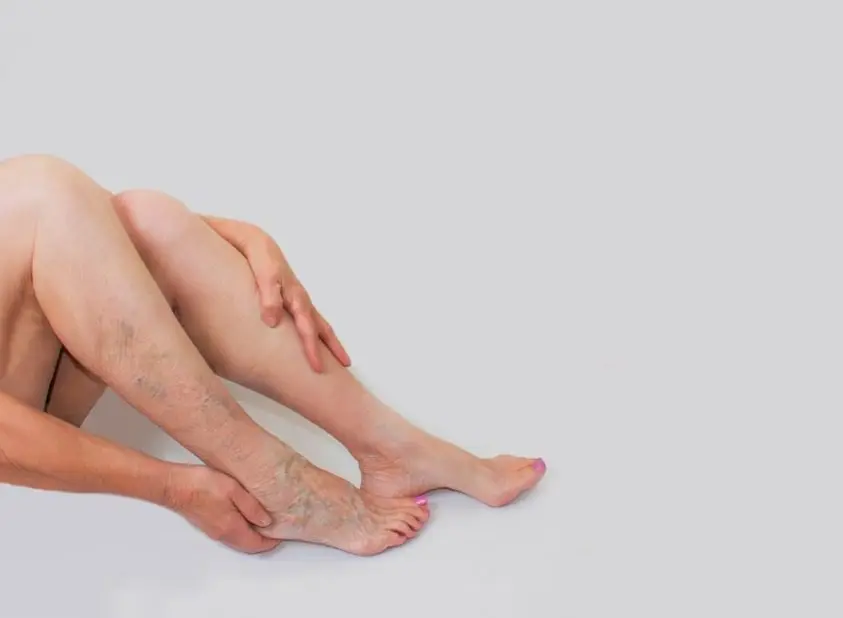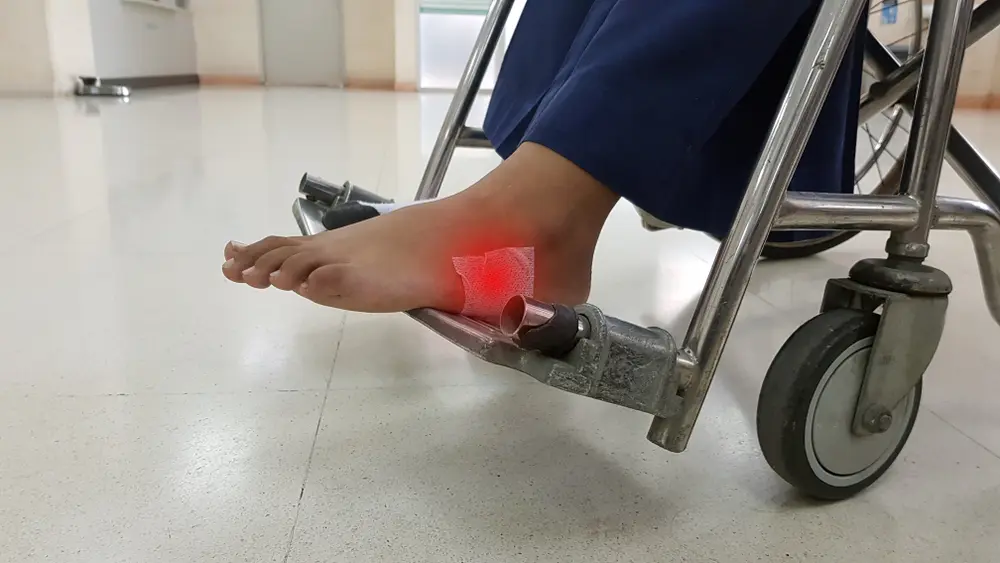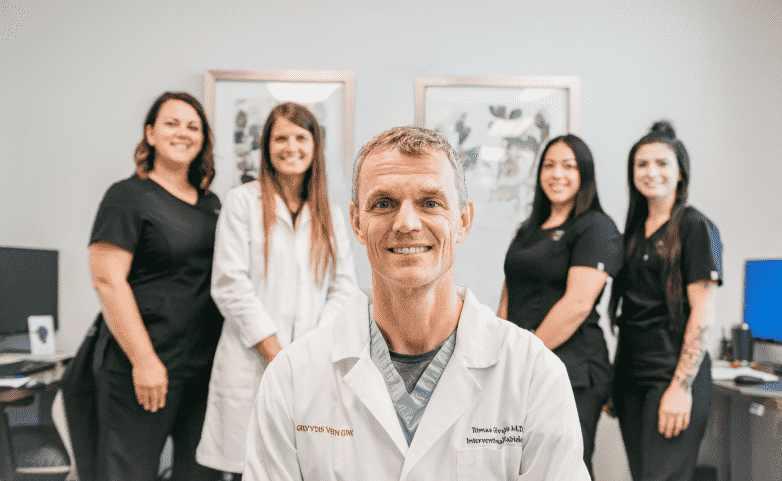Managing varicose veins and diabetes requires a comprehensive approach to your lifestyle and healthcare routine. Here are 8 essential strategies to protect your veins while keeping your diabetes under control:
- Exercise Regularly
Regular physical activity improves circulation and helps maintain healthy blood sugar levels. Aim for low-impact exercises like walking, swimming, or cycling. These activities engage your calf muscles, which act as natural pumps to help move blood back to your heart.
- Monitor Blood Sugar Levels
Keeping your blood glucose within target ranges is crucial for blood vessel health. Follow your doctor’s recommendations for blood sugar testing and maintain a detailed log of your readings.
- Maintain a Healthy Diet
Focus on foods that support both vein and diabetic health:
- Choose foods rich in fiber and low in refined sugars
- Include plenty of fruits and vegetables high in antioxidants
- Select lean proteins and healthy fats
- Limit salt intake to prevent fluid retention
- Stay Active Throughout the Day
Avoid prolonged sitting or standing, as this can lead to blood pooling in your legs. Take regular breaks to walk or perform simple leg exercises. If you must sit for extended periods, try ankle flexes and calf raises to promote circulation.
- Wear Compression Stockings
Properly fitted compression garments can help improve blood flow in your legs. Consult with your healthcare provider about the right compression level for your needs.
- Practice Good Foot Care
Since diabetes can affect sensation in your feet, perform daily foot inspections for any signs of swelling, discoloration, or wounds. Keep your feet clean and moisturized, and wear comfortable, supportive shoes.
- Quit Smoking
Smoking damages blood vessels and impairs circulation. If you smoke, work with your healthcare provider to develop a quitting plan that’s manageable.
- Stay Hydrated
Proper hydration helps maintain good blood flow and prevents blood from becoming too thick. Keep track of your water intake throughout the day.
Remember: maintaining vein health is particularly important when you have diabetes. Leg swelling should monitored with regular check-ups between you and your healthcare provider. Vein specialists can also help catch and address any issues early, preventing more serious complications down the road.




